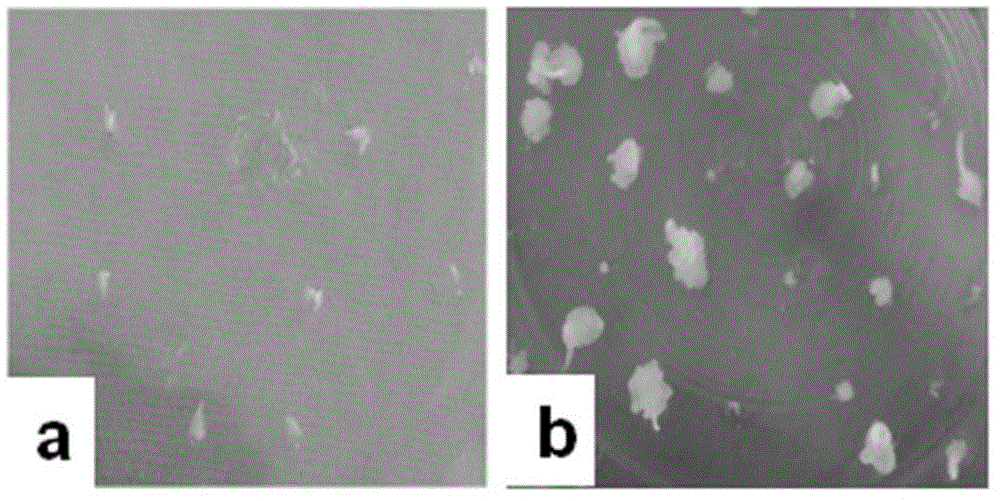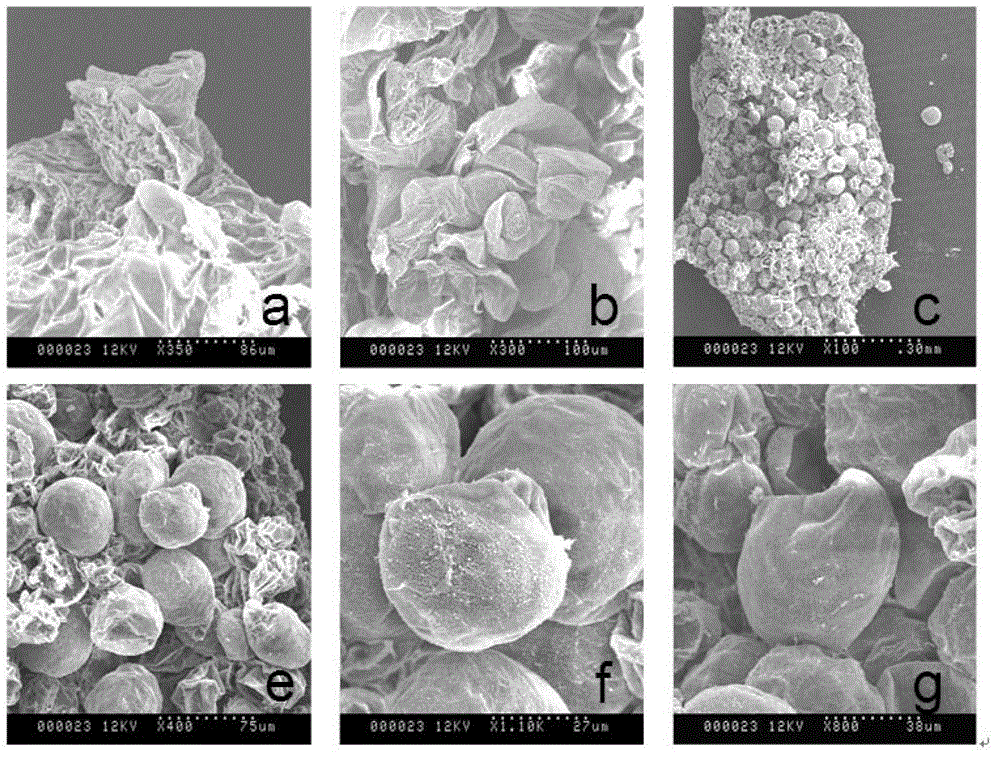Method for creating high-frequency regeneration system of zoysia japonica
A technology for regenerating plants of Zoysia japonica, applied in the field of plant tissue culture, can solve problems such as the high frequency regeneration system of Zoysia japonica that has not yet been seen, and achieve the effects of long preservation time and high differentiation rate.
- Summary
- Abstract
- Description
- Claims
- Application Information
AI Technical Summary
Benefits of technology
Problems solved by technology
Method used
Image
Examples
Embodiment 1
[0058] Embodiment 1, acquisition of Zoysias high-frequency regeneration callus line and regeneration plant
[0059] The Japanese Zoysia species 'Qingdao' seeds adopted in the following examples are first polished with fine sandpaper to remove glumes, then rinsed with tap water for about 1h, treated with 70% alcohol for 30s under aseptic conditions, and then treated with 10% sodium hypochlorite solution (volume percentage , and add 1 drop of Tween 20) in an ultrasonic cleaner for 10 minutes, wash 6 times with sterile water, and soak overnight in sterile water to prepare for inoculation.
[0060] 1. Obtainment of Zoysias high-frequency regeneration callus line
[0061] The creation of high-frequency regeneration callus lines must meet three conditions: 1) The induction rate must be high, and the induction rate is not only related to the induction condition, but also related to the induced species; 2) Under a certain induction time (generally 1 month of induction) ) The callus p...
Embodiment 2
[0127] Embodiment 2, subculture preservation of Zoysia chinensis high-frequency regeneration callus line
[0128] In addition to the direct use of the high-frequency regeneration callus line, the subculture preservation method of the high-frequency regeneration line of Zoysia chinensis was also discussed. After the callus has been subcultured for several generations, its regeneration ability will decrease, resulting in a decrease in differentiation rate, and the high-frequency regeneration line will lose the meaning and effect of creation. Therefore, subculture preservation must first ensure that the differentiation rate does not decrease.
[0129] The saving method is as follows:
[0130] First, the regenerated callus line (high-frequency regenerative callus line) obtained in step 1 of the above-mentioned embodiment 1 was subcultured twice on the third subculture medium; then repeat the step 1 of the above-mentioned embodiment 1 2 Carry out the second round of subculture (t...
PUM
 Login to View More
Login to View More Abstract
Description
Claims
Application Information
 Login to View More
Login to View More - R&D Engineer
- R&D Manager
- IP Professional
- Industry Leading Data Capabilities
- Powerful AI technology
- Patent DNA Extraction
Browse by: Latest US Patents, China's latest patents, Technical Efficacy Thesaurus, Application Domain, Technology Topic, Popular Technical Reports.
© 2024 PatSnap. All rights reserved.Legal|Privacy policy|Modern Slavery Act Transparency Statement|Sitemap|About US| Contact US: help@patsnap.com










